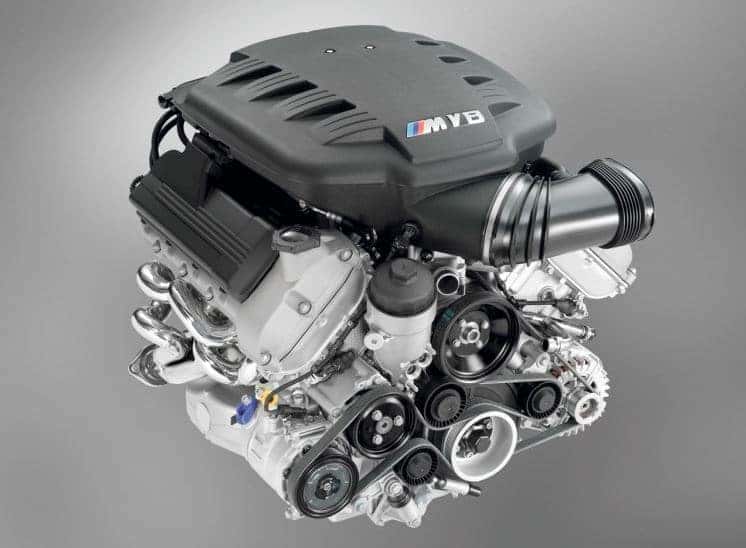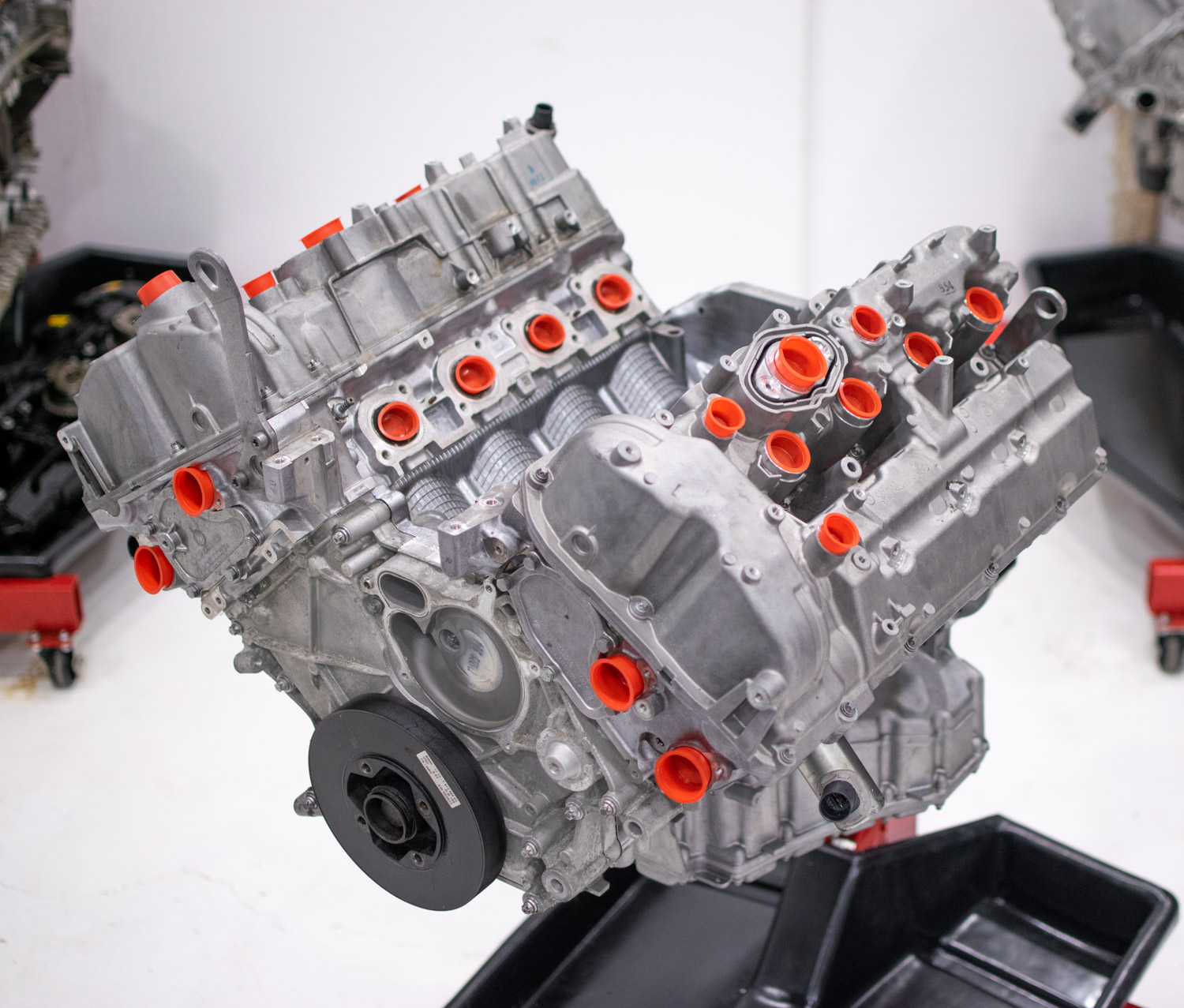Why the BMW Engine Is Taken Into Consideration Among the very best in High-end Automobiles
Why the BMW Engine Is Taken Into Consideration Among the very best in High-end Automobiles
Blog Article
Checking Out the Evolution of Burning Engines in Modern Transportation Solutions
As we browse the landscape of modern transport, the evolution of burning engines stands as a testament to human ingenuity and design prowess. From their humble starts to the advanced powerhouses propelling automobiles today, combustion engines have actually undergone a remarkable journey of innovation and adaptation. Comprehending the details of this evolution not just loses light on the past but also leads the way for envisioning what exists ahead in the realm of transportation modern technology. The interaction of history, modern technology, and ecological problems in shaping the trajectory of combustion engines produces a story that is both compelling and informative.
Early Beginnings of Combustion Engines
Just how did the principle of combustion engines very first emerge in the beginning of transport advancement? When the principles of internal burning were very first discovered, the roots of combustion engines can be traced back to the 17th century. In 1673, Christian Huygens conceptualized a fundamental interior combustion engine that made use of gunpowder to produce power. It had not been till the late 19th century that sensible applications of combustion engines in transportation began to arise.
The development moment featured the creation of the initial effective gasoline-powered engine by Karl Benz in 1885 - bmw engine. This engine led the way for the advancement of the modern-day car, revolutionizing transportation systems worldwide. Succeeding developments by Nikolaus Otto and Gottlieb Daimler further fine-tuned burning engine technology, leading to the mass manufacturing of cars and the quick expansion of the transport industry
These early combustion engines were identified by their simpleness and efficiency, laying the structure for the facility and powerful engines made use of in contemporary transport systems. The development of burning engines has contributed in forming the means we travel and move items, marking a substantial milestone in the history of transport growth.
Change to Internal Burning Innovation
The transition to internal combustion innovation noted a critical change in the development of transportation systems. This shift started in the late 19th century, with inventors like Nikolaus Otto and Gottlieb Daimler creating the very first successful internal burning engines. These engines transformed transportation by using a more efficient and effective option to steam engines and electrical motors.
Among the essential benefits of internal burning engines was their ability to be reduced to match vehicles, leading to the advancement of motorcycles and vehicles. This change from cumbersome, fixed engines to small, mobile ones paved the way for the contemporary transport systems we see today.
The shift to interior combustion modern technology also stimulated innovations in fuel innovation, resulting in the advancement of gasoline and diesel as main gas sources for automobiles. This shift not only made transport much more accessible to the masses however additionally laid the structure for the oil and gas sector to end up being essential to worldwide economic situations.
Effect of Combustion Engines on Transport
The adoption of combustion engines in transport systems catalyzed an extensive shift in the effectiveness and rate Source of international flexibility. Combustion engines transformed transportation by offering a versatile and reliable resource of power for different automobiles, consisting of autos, ships, planes, and trucks. This technology significantly enhanced the capability for items and individuals to conform cross countries in much shorter period, causing enhanced connectivity in between regions and countries.
In addition, the prevalent use burning engines has had a significant effect on economic growth. The capacity to deliver items successfully has spurred profession and business, permitting companies to increase their markets and reach customers worldwide. This has actually assisted in financial development and globalization, as products can now be carried quicker and in larger amounts than ever.
Nonetheless, the environmental effect of combustion engines can not be overlooked. The combustion of fossil gas has caused air contamination and greenhouse gas emissions, contributing to environment adjustment and posing wellness dangers to populaces. bmw engine. Consequently, there is a growing emphasis on creating alternative propulsion modern technologies to minimize these negative impacts and produce a much more sustainable future for transportation
Innovations in Combustion Engine Design
Many advancements in combustion engine design have thrust the development of transport systems over the decades. One significant development is the advancement of turbocharged engines, which make use of exhaust gases to drive a turbine that presses incoming air, permitting even more fuel to be burnt, leading to increased power output without a considerable increase in engine size. In addition, direct injection technology has actually enhanced fuel efficiency and efficiency by precisely controlling the quantity and timing of fuel infused into the burning chamber. Variable shutoff timing systems have also revolutionized engine layout by enhancing air flow at different engine rates, enhancing both power and efficiency. Another substantial development is the integration of lightweight products such as carbon fiber and light weight aluminum alloys, decreasing overall engine weight and enhancing vehicle gas economic climate. Developments in computer-aided style have actually made it possible for designers to enhance engine performance and efficiency via simulations before physical models are developed, conserving time and sources in the growth process. These innovations collectively add to the continual renovation of burning engines in contemporary transportation systems.
Future Patterns in Combustion Engine Advancement
With technology improvements driving continuous innovation, the future of combustion engine growth is positioned to revolutionize transport systems around the world. One of the essential fads in burning engine development is the push in the direction of better performance and minimized emissions.
Another popular pattern is the fostering of hybrid technologies in combustion engines. Crossbreed engines integrate traditional combustion technology with electric power, using improved fuel efficiency and reduced emissions. As the automobile industry shifts in the direction of electrification, crossbreed burning engines are viewed as a transitional solution that bridges the gap between traditional automobiles and totally electric ones.
In addition, the combination of clever technologies, such as expert system and information analytics, is Get More Info expected to play a substantial role in the future of burning engine development. These technologies can enhance engine performance in real-time, resulting in extra reliable combustion processes and enhanced total car performance. Accepting these future patterns will certainly not just drive advancement in combustion engine development however additionally contribute to a more sustainable and eco-friendly transportation ecosystem.

Conclusion
In conclusion, the evolution of combustion engines in modern transportation systems has been marked by significant improvements in innovation and layout. From the very early starts of burning engines to the shift to interior burning innovation, these engines have had a profound impact on transportation.
The origins of burning engines can be traced back to the 17th century when the concepts of interior combustion were first explored. These engines reinvented transport by supplying a much more effective and powerful choice to heavy steam engines and electric motors.

Report this page